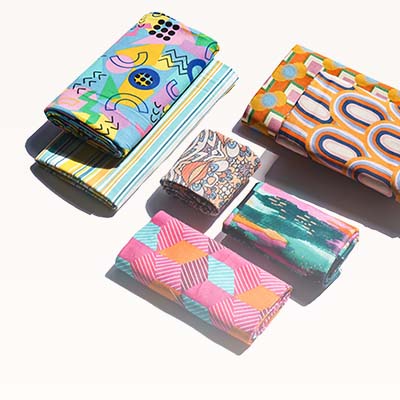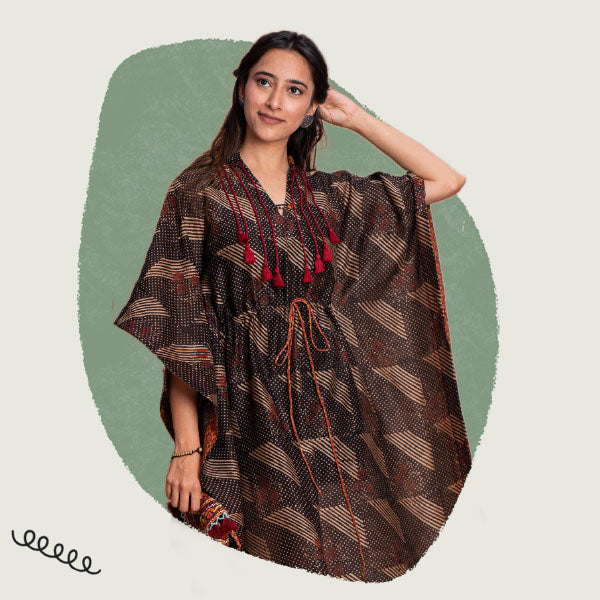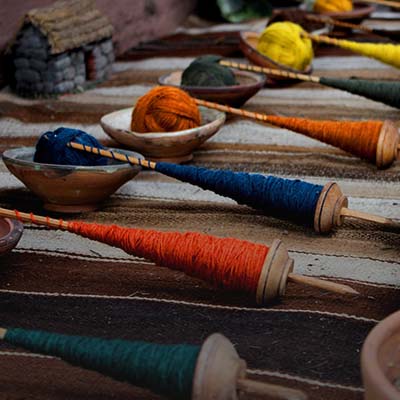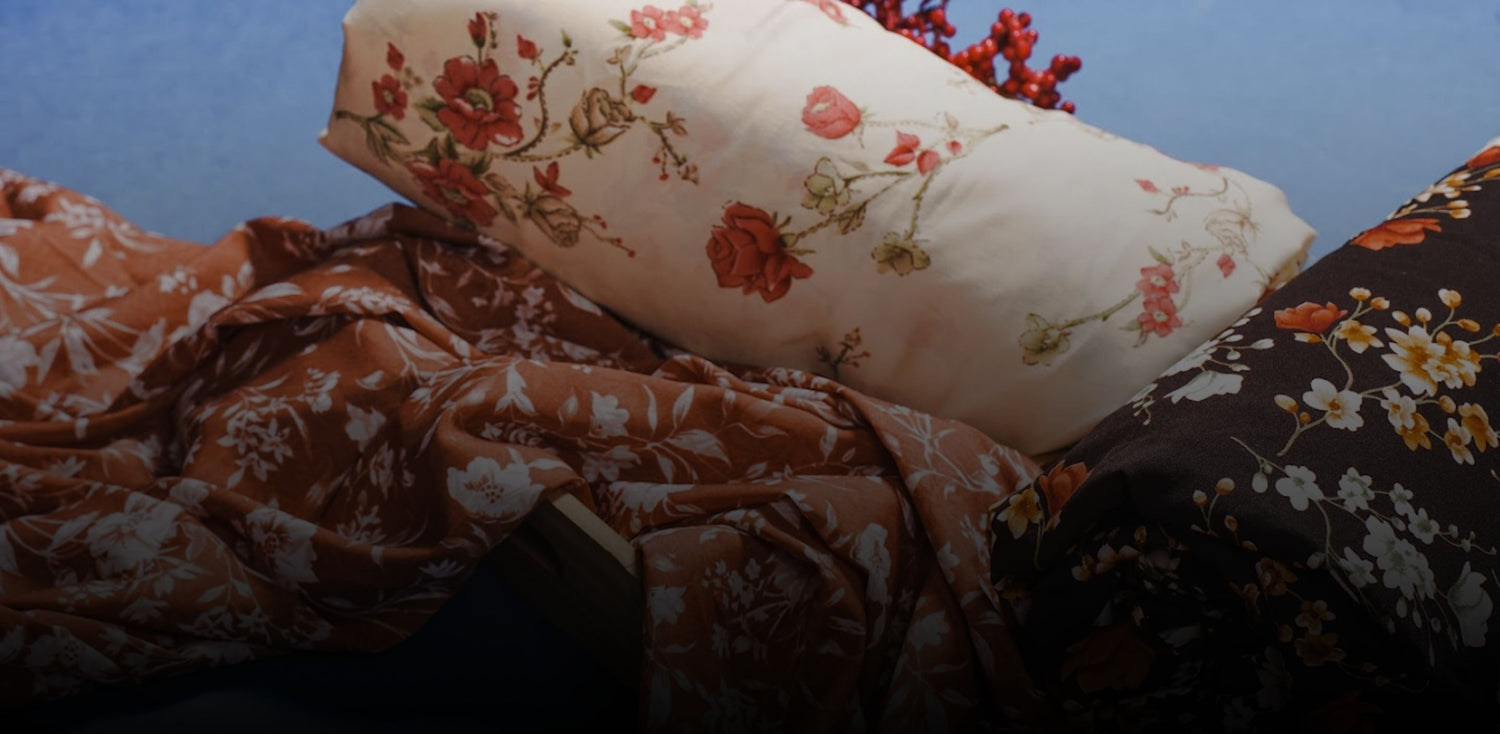Throughout generations, people have been seen dyeing their textiles by using natural dyes.
You must be wondering, why people are still using it.
Natural dyes are perfect for fabric, it does not harm the fibers and offer long-lasting texture. These dyes are primarily sourced from plants, minerals, and invertebrates. Using chemical dyes cause pollution in the environment which is one of the main reason for criticism in the apparel industry today.
The rise in the application of natural colors does not pose any threat to health, and the environment and also does not produce any non-biodegradable waste which is practically a solution to every issue.
Even though several people argue that natural dyes can easily fade or it is challenging to bind them. Well, these challenges can be reduced by applying the right dyeing technique.
Turmeric

Gold-yellow is the most common shade achieved using turmeric, one of the oldest natural dyes used on textiles. The roots of the turmeric plant contain the pigment curcumin, which is used for coloring. To extract the dye, the roots are ground into a powder and then infused into boiling water. You can use this plant-based dye to color cotton, silk, and wool, but you'll need to mix it with a mordant to make the color stay.
Henna

As a natural dye, henna may be used for many purposes. Ancient Egyptians (more than 9000 years ago) were the first to use henna. In its widespread use as a hair, skin, and clothing dye, henna demonstrates its general safety for use on people of all ages. Depending on how long the henna leaves are allowed to dry before being crushed, the resulting dye may range in color from mustard yellow to brown. Because it sticks well to synthetic fabrics like polyester and nylon, henna is a beautiful substitute for synthetic dispersion colors. To get a subtle brown on silk or wool, you may use this dye as well.
Indigo

For many years, mostly in Asia, substantial quantities of indigo have been produced for use in the dyeing of textiles. The dye, which is a deep royal blue, is made from the indigo plant's seeds. Following hydrolysis of the glucoside during fermentation, the plants are discarded. The indoxyl in the solution is converted to indigotin by aeration, leading to the formation of the precipitate. Although it works best on natural cellulose fibers like cotton, viscose, and linen, indigo may be used to dye wool and synthetic fabrics.
Cochineal

The cochineal insect, from which the dye gets its name, contains the natural pigment carmine in its scales. Organic fibers like silk, cotton, and wool may be colored red or pink using this substance. The addition of mordants like iron, copper, or chromium to the dye may produce a wider range of colors, from purple to grey.
FAQ
Is there environmentally friendly dye?
It is feasible to use dyes and finishes on textiles without negatively impacting the environment. To the extent that chemical-free and eco-friendly dyes can be utilized, dying may have positive environmental effects. Naturally occurring colors may be derived from a wide variety of organisms, including plants, fruits, algae, fungi, marine invertebrates (like starfish and sea urchins), and even bacteria.
What is a natural mordant?
The dyestuff needs mordants, which are metallic salts, to better adhere to the fiber. In addition, tannin is necessary for the correct binding of cellulose fibers.
We also happen to be a magnet for suggestions, and would love to catch yours….throw us yours on hello@fabriclore.com











Leave a comment
This site is protected by reCAPTCHA and the Google Privacy Policy and Terms of Service apply.